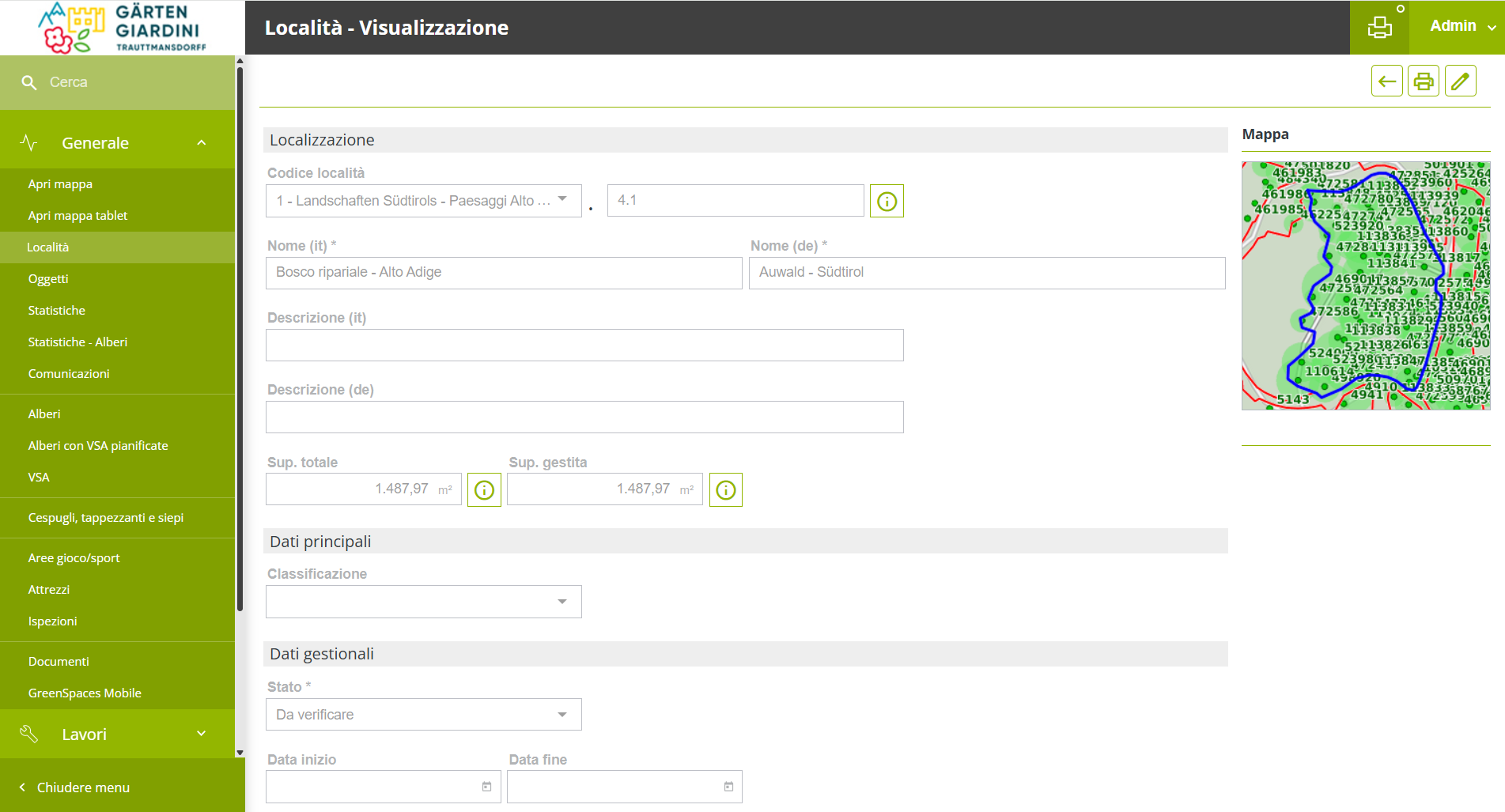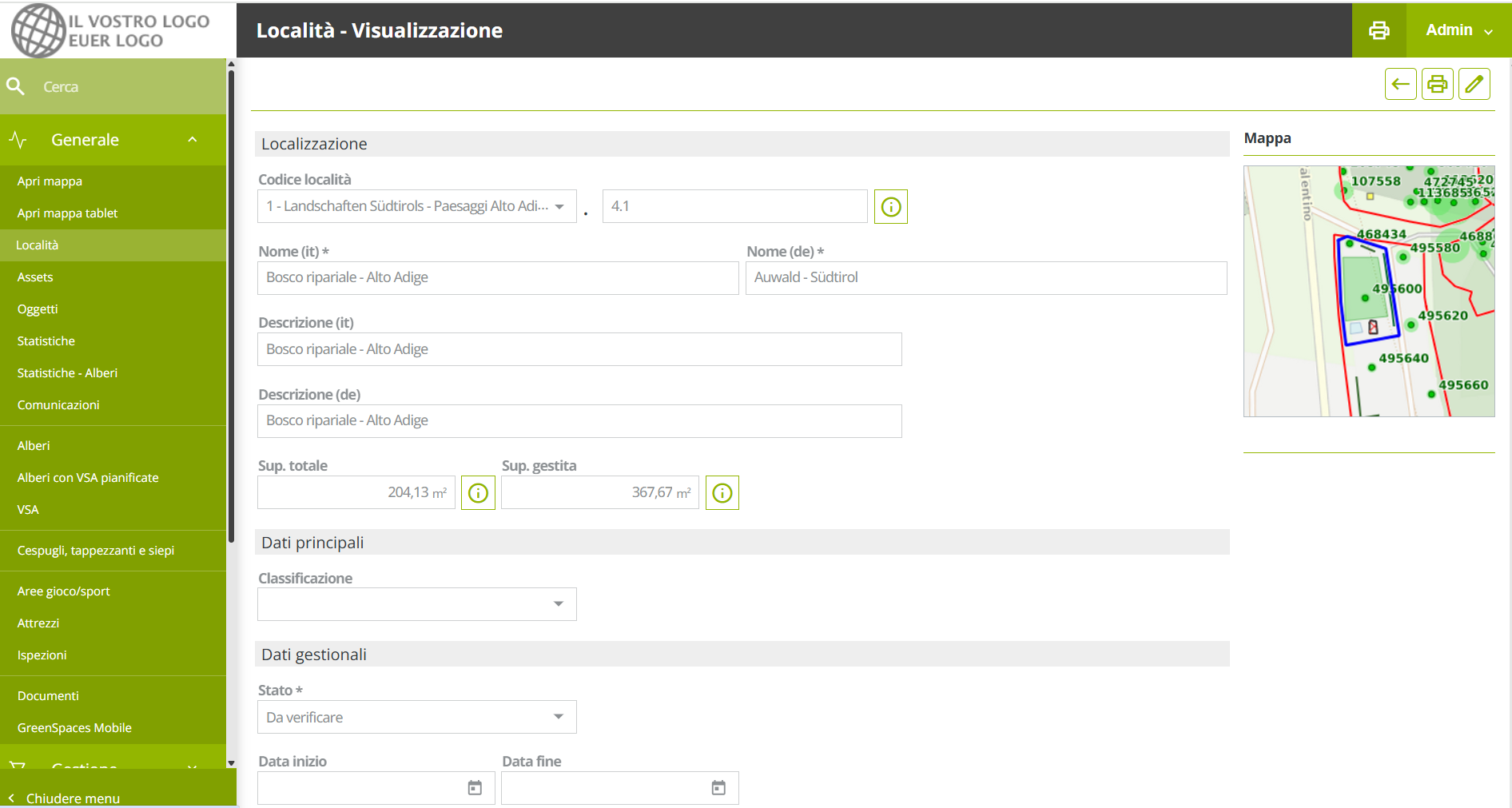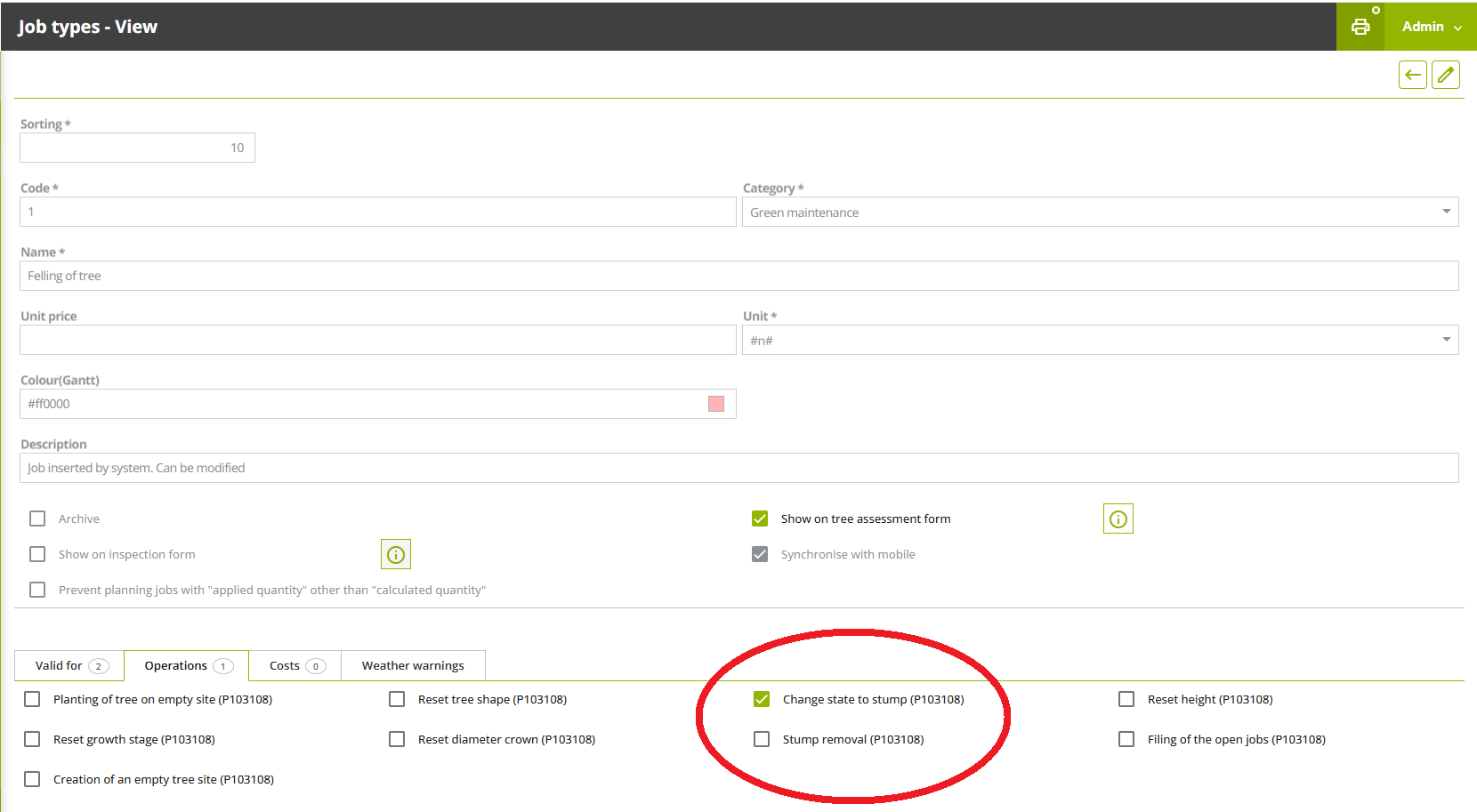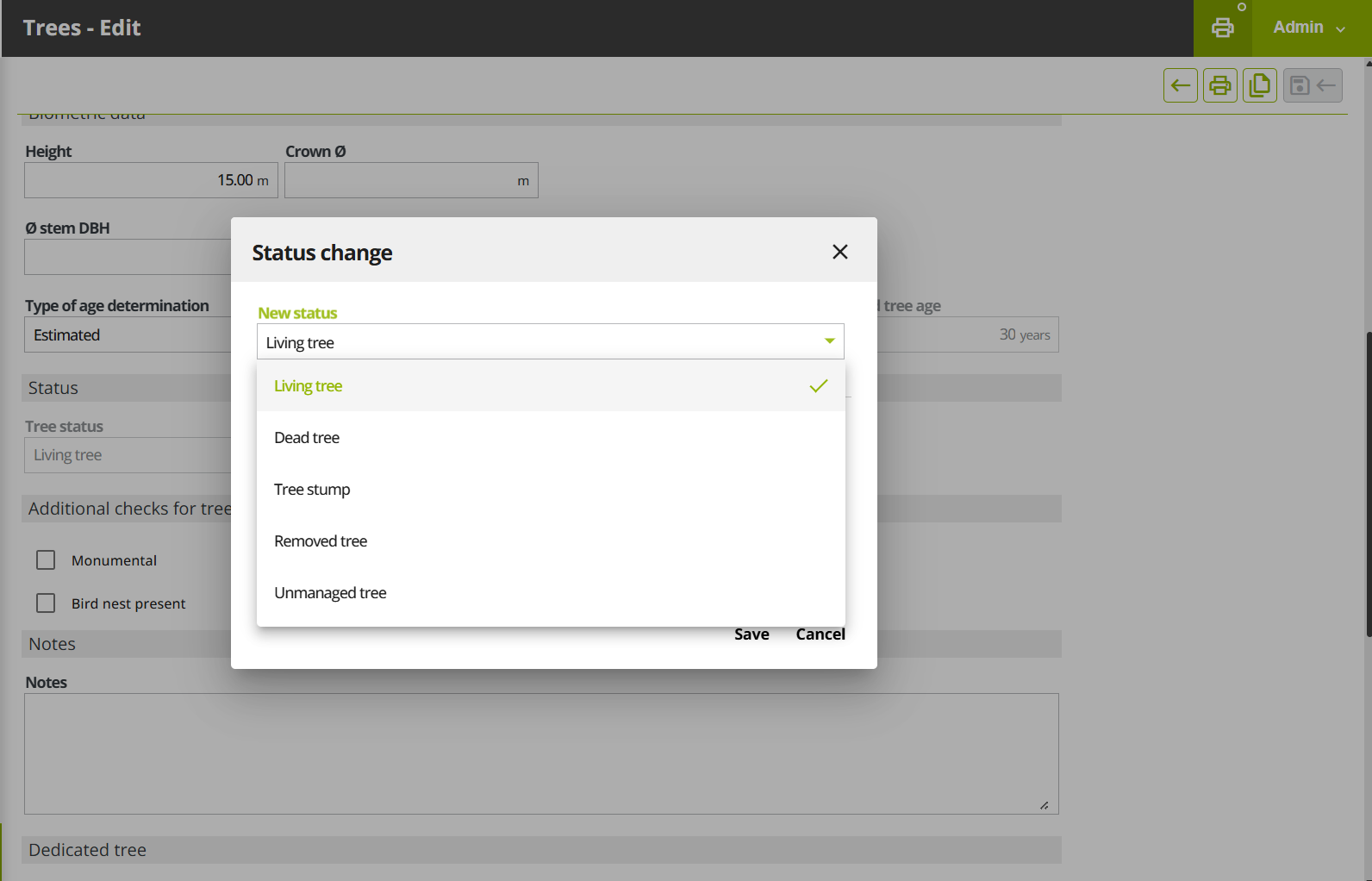Version 2025.10
Security.
Reliability.
Continuity.
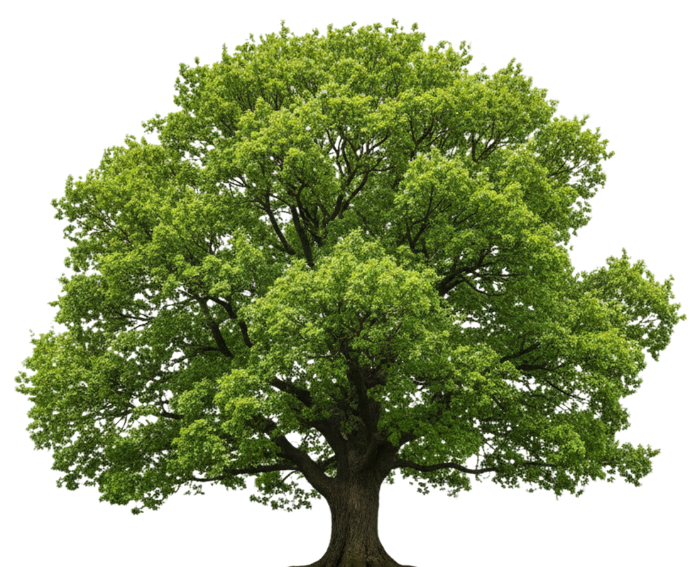
The hardest update we ever delivered: not flashy, but essential.
GreenSpaces 2025.10 does not introduce new modules or features you can immediately click on. Instead, it focuses on something even more important: the foundations of the entire GreenSpaces platform.
Over the last months, our team completed one of the most challenging upgrades in our history: the modernization of our technology stack. As the digital landscape grows increasingly complex and cyber threats continue to evolve, we are committed to keeping GreenSpaces secure, reliable, and scalable, in full alignment with the latest technology and cybersecurity standards.
Why this matters for you
-
Security: By running on the most up-to-date stack, your data is better protected.
-
Reliability: The platform is now more robust, reducing risks of downtime or instability.
-
Continuity: These upgrades pave the way for faster innovation and new capabilities in upcoming releases.
While you may not see a new function today, you will feel the benefits in stability, day to day operations and the assurance that GreenSpaces is always ready to support your challenges.
Classification and Interface Changes 📝
Forms in "View" more readable
Improved Readability in Forms: Forms accessed in View mode are now more user-friendly. We've enhanced the design for better contrast and legibility, ensuring data is easier on the eyes and quicker to process.
Before
After
Clarity Improvement: Tree Action Renamed
In Job type configuration form, the operation used to update a tree's status by completing the job, has been renamed for better clarity and precision.
-
The operation “Tree Felling” is now “Change state to stump”.
-
This makes it easier to correctly configure a Job type that applies to trees and their automatic operation outcomes.
Before
After
Tree Status renamed: "Removed Tree" for Clarity
To eliminate confusion between the result of felling a tree (which can be a stump) and a totally removed tree, we have renamed a key tree status across the platform:
-
The status "Felled tree" has been updated to "Removed tree."
-
This change clarifies that the tree has been entirely taken away.
This new label is now consistent in forms, filters, data exports, history, and job operations, ensuring easier data interpretation.
Note: The map layer and statistics will continue to group "Removed tree" under the existing "Felled Trees" label for operational continuity.
Before
After
Quality Improvements ⚙️
Core Technical Upgrades (Frontend)
We have completed a major infrastructure update to our application's frontend to enhance security, improve stability, and ensure the platform is ready for future feature development.
Framework Upgrade: The core application framework has been updated. This significant upgrade brings performance improvements, better code security, and access to the latest development tools.
Dependency Modernization: Key libraries and dependencies, including the form management utility Formly, have been updated to their latest versions. This minimizes technical debt, resolves potential security vulnerabilities, and improves overall reliability.
These technical steps ensure the application remains stable, performs optimally, and can be efficiently maintained and expanded in the future.
Core Technical Upgrades (Backend)
We have executed a major backend update to modernize the platform's core technologies:
Core Language Upgrade: The application's core language has been upgraded to the latest version. This significant change enhances security, delivers notable performance increases (making the application faster), and ensures long-term stability and compatibility.
Framework Modernization: Key backend libraries have been updated to support latest code languages available. This provides a more robust and efficient foundation for all backend processes, including data handling and business logic.
These upgrades are crucial for optimizing performance, securing your data, and preparing the platform for future innovations.
Improved Safety Check for Job Quantities (important for TREE FELLING)
We've improved the validation logic for job planning to prevent errors, especially in job types involving sensitive operations like tree felling.
New Checkbox Label: The control checkbox for job types has been renamed to “Prevent planning job where applied quantity is different from calculated quantity“ for clarity.
Safety Lock: When this option is selected for a job type, the system now prevents saving or planning the job if the manual 'applied quantity' doesn't match the automatic 'calculated quantity' (based on the selected objects/trees).
Clearer Error: The system now displays a clear error message.
This ensures maximum clarity and reduces the risk of incorrect job planning.
Consistent Numerical Sorting Across Lists
We've standardized the sorting behavior for several key lists to ensure a consistent, intuitive experience when ordering by numerical identifiers.
-
The "Tree Assessments," "Play Equipment," and "Inspections" lists now use the same smart, numeric sorting logic as the main "Trees List."
-
When sorting by Tree Number or Equipment Number, records will now appear in correct numerical order (e.g., 1, 2, 10, 11, 100), eliminating inconsistent alphanumeric sorting.
Fixes 🛠️
Resolved an issue which caused in specific cases with an active workflow for tree assessment validation, a rejected tree assessment was not modifiable by the author.
Solved the issue which caused that when a picture was taken with the mobile app, only a “broken image” icon was displayed. (This issue didn’t cause any data loss, all taken pictures were correctly transferred to GreenSpaces Web at synchronisation).
Solved the issue which caused that the “growth stage” was not taken correctly into account in tree statistics printout. Now the printout calculates the tree repartition correctly based on the registered growth stage.
When creating a new tree via mobile app, then continuing directly to a first tree assessment and from there creating a job, synchronizing and validating, the job did not have the correct geometry of the tree. This issue was solved.
The issue which caused the proposed jobs to “disappear” from an unsynchronised tree assessment form in the Mobile App was solved. This issue did not cause any data loss, all the proposed jobs were correctly transferred to GreenSpaces Web at synchronisation.
You can now properly clear fields (e.g., Site) in filters and re-run your search. The system will no longer "remember" the previous value of the cleared field.
Only GreenSpaces TREES: Fixed an issue where photos visible on the main tree form were incorrectly missing from the "Images" tab when accessing the form via Site > Trees. All attached photos are now consistently displayed in both locations.
Single Sign-On (SSO) is now fully functional on iOS. We have fixed the bug that previously blocked users from authenticating on iPhone and iPad.
Fixed an issue in environments with mandatory password complexity. We've resolved a bug that forced password changes when an administrator updated a user's details. You can now save changes to non-password fields without the system incorrectly demanding a password reset.
The filter by company in the Inspections menu now works correctly, showing only records relating to sites assigned to the selected company.
The 'Controller' field in the creation of a new tree assessment now correctly displays users according to their domain, avoiding the selection of controllers from external domains.
Fixed a problem that prevented the 'Sites' filter from working properly after displaying or editing a single site form. It is now possible to return to the list and immediately search for a new site without the filter getting stuck.
